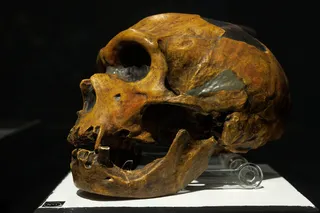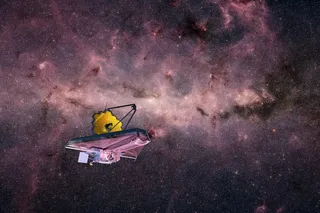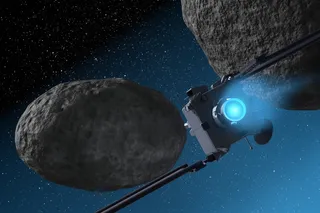I've been traveling like crazy, then hosting visitors, and now am laid up with a nasty cold. So not much energy for blogging. On the other hand -- plenty of time for non-expert reflections on the nature of microscopic complex systems! The thing is, I'm pretty sure that my body will eventually overcome this cold virus. That's one of the great things about living organisms -- they can, in a wide variety of circumstances, repair themselves. From fighting off germs to healing broken bones, the body is pretty darn resilient. Which brings up something that has always worried me about nanotechnology -- the fact that the tiny machines that have been heroically constructed by the scientists working in this field just seem so darn fragile. It's amazingly impressive what modern nano-engineers can do by way of manipulating matter at the atomic and molecular level, creating new materials and tiny machines and motors. But surely one has to worry about the little buggers breaking down. My macroscopic car is also an impressive feat of engineering, but it's no good if a crucial component breaks. So what you really want is microscopic machinery that is robust enough to repair itself. Fortunately, this problem has already been solved at least once: it's called "life." Even at relatively tiny scales, living organisms are sufficiently loose and redundant to be able to fix themselves when something small goes wrong, greatly extending their useful lifespan. This is why my utterly underinformed opinion is that the biggest advances will come not from nanotechnology, but from synthetic biology. Once we get to the point that we can truly create new organisms from scratch, not simply modifying existing stock, many of the biggest dreams of nanotech will become much more real. Some time ago John von Neumann proposed the idea of self-replicating machines. Not everyone believed that such a thing was possible -- after all, the machine would have to include blueprints for another version of itself, including the self-replication mechanism, and how do you fit a copy of a machine into itself? (You might think that living organisms are an obvious counterexample to this argument, but some people used it as an argument against the idea that organisms are "just" machines.) But von Neumann figured it out, and immediately proposed the obvious plan: sending self-replicating spacecraft to seed the galaxy. But if the machine breaks, it defeats the whole purpose. So you really want a self-repairing self-replicating machine. Which is awfully close to a working definition of "life." It might not be human beings who eventually fill up the galaxy, but my suspicion is that it will be life in some form or another.
Biology and Self-Repair
Explore the concept of a self-repairing self-replicating machine and its ties to synthetic biology advances.
More on Discover
Stay Curious
SubscribeTo The Magazine
Save up to 40% off the cover price when you subscribe to Discover magazine.
Subscribe












